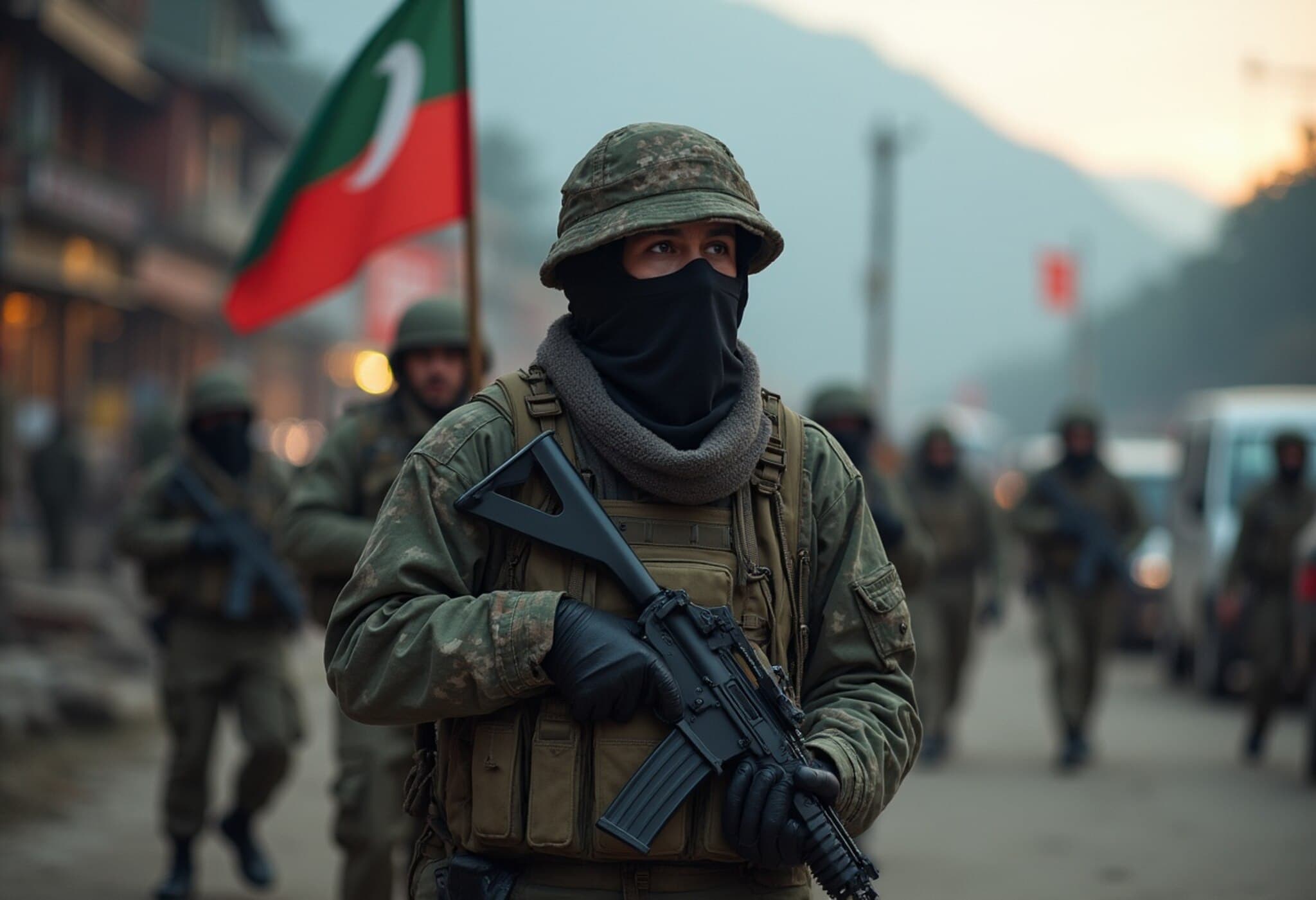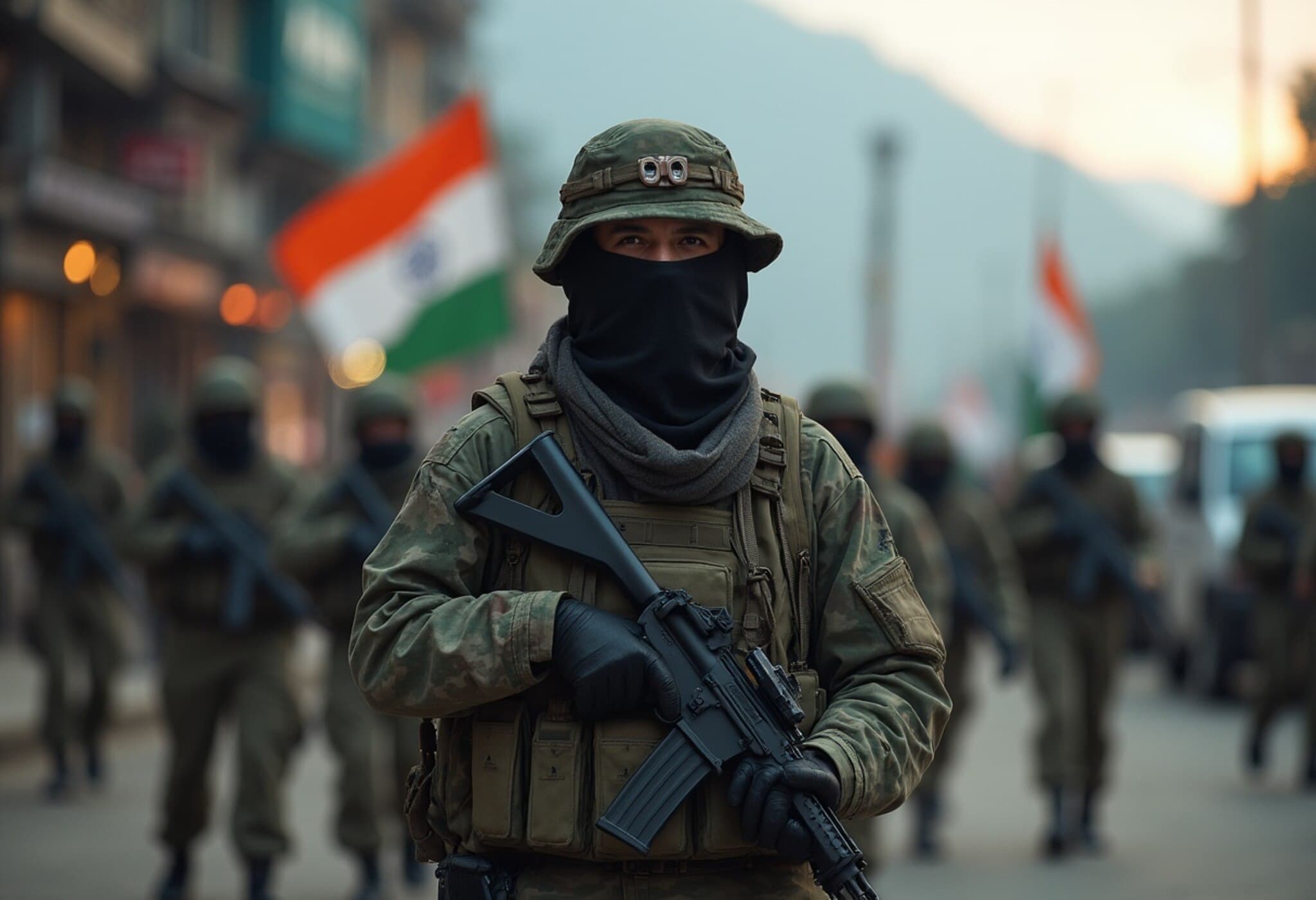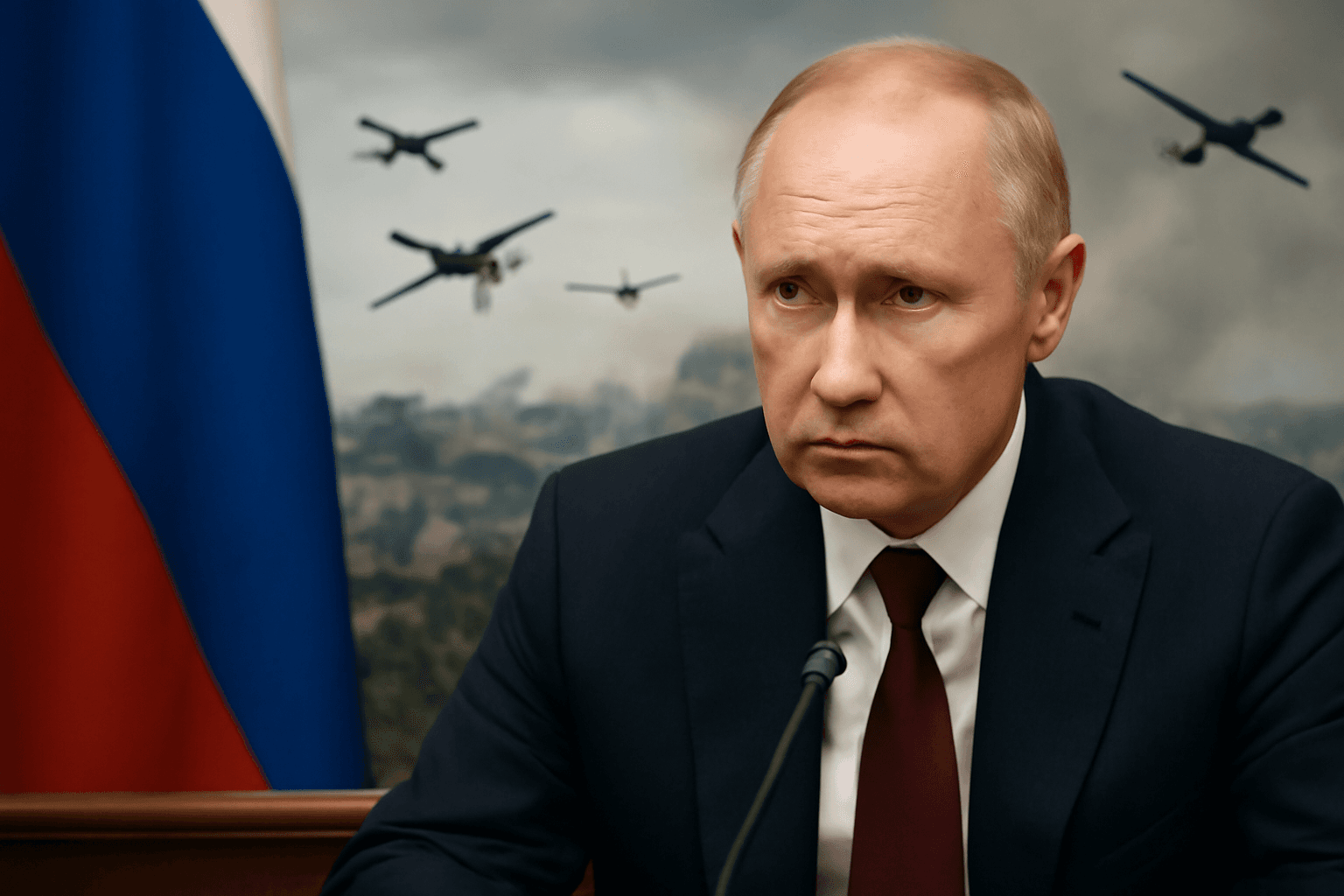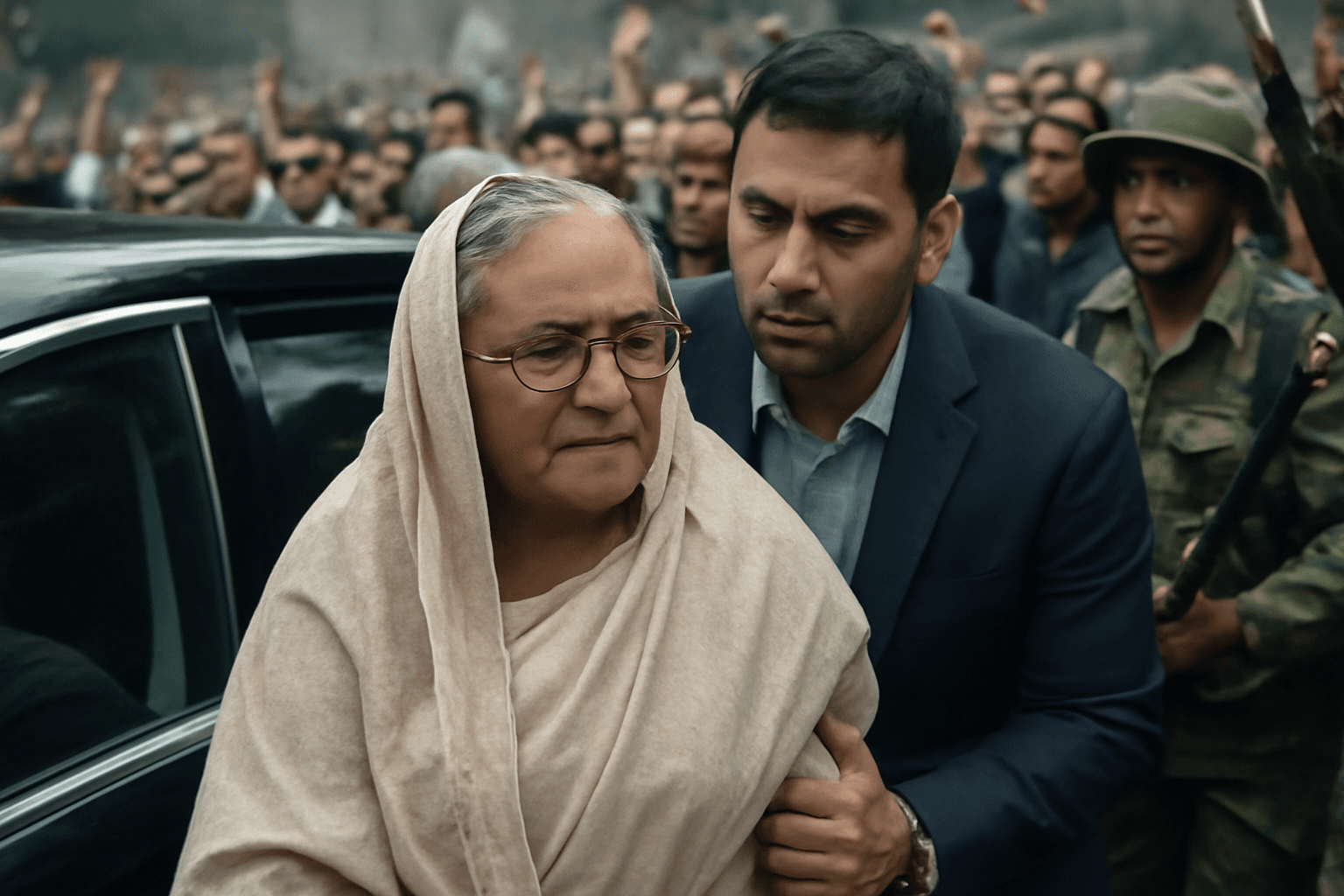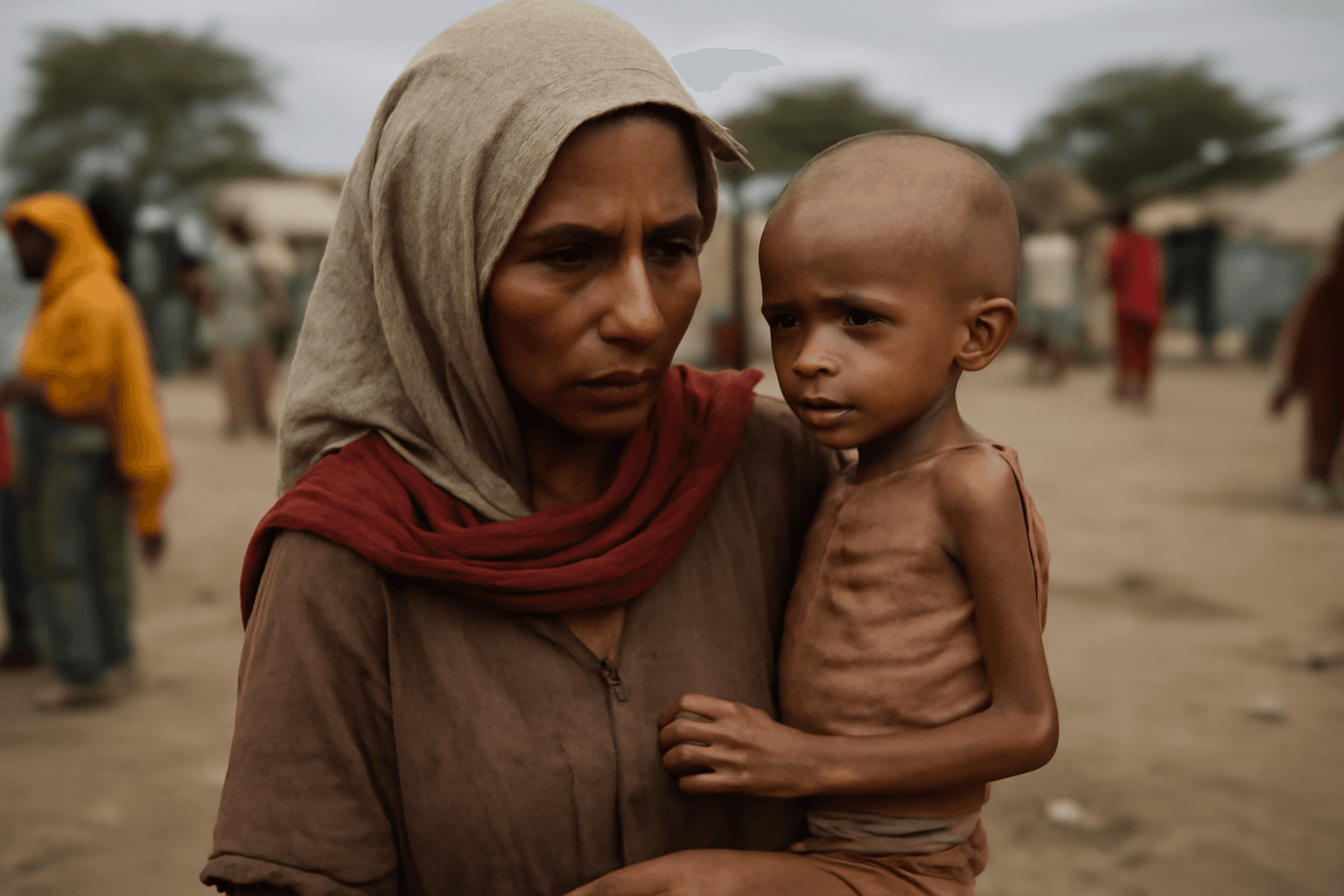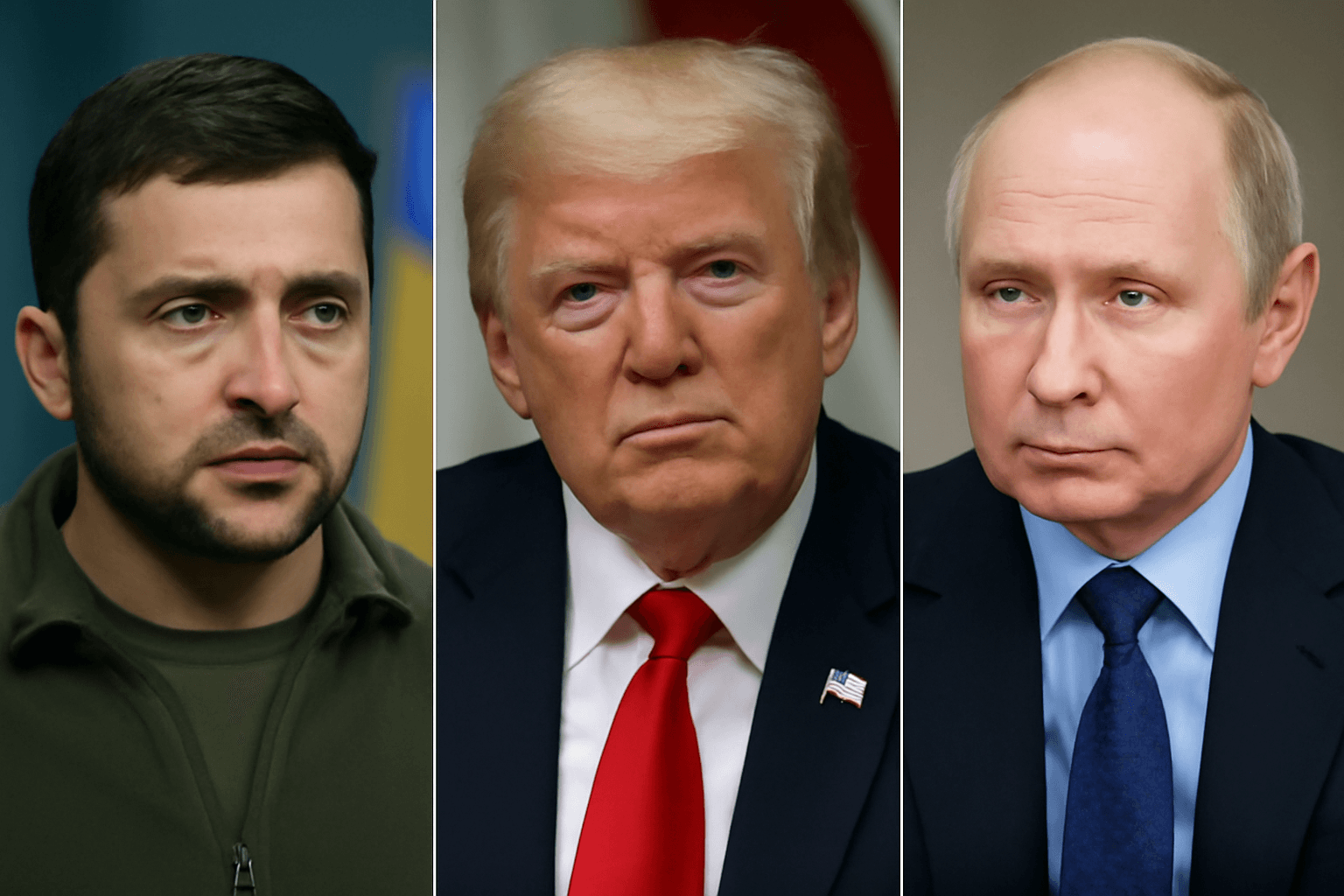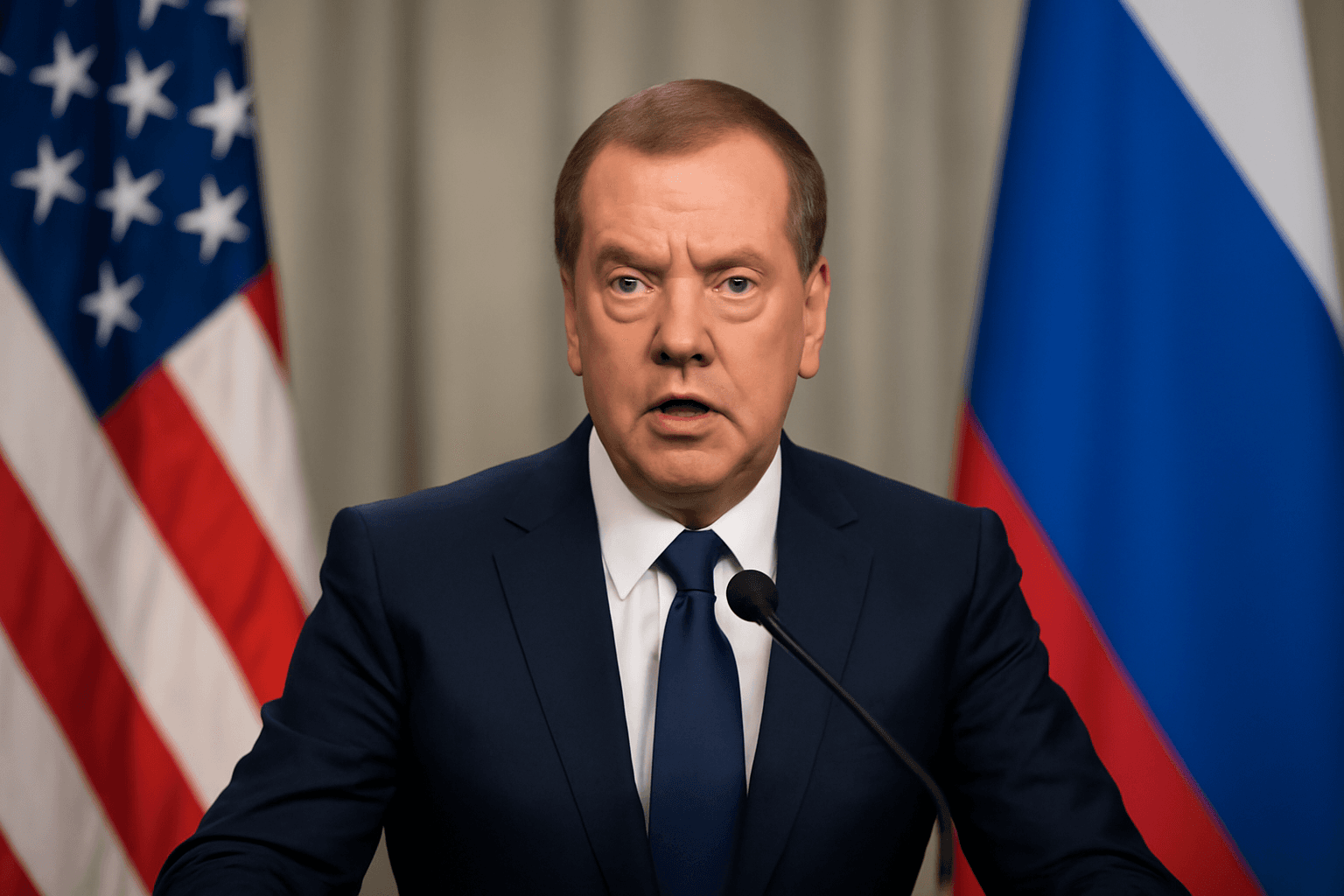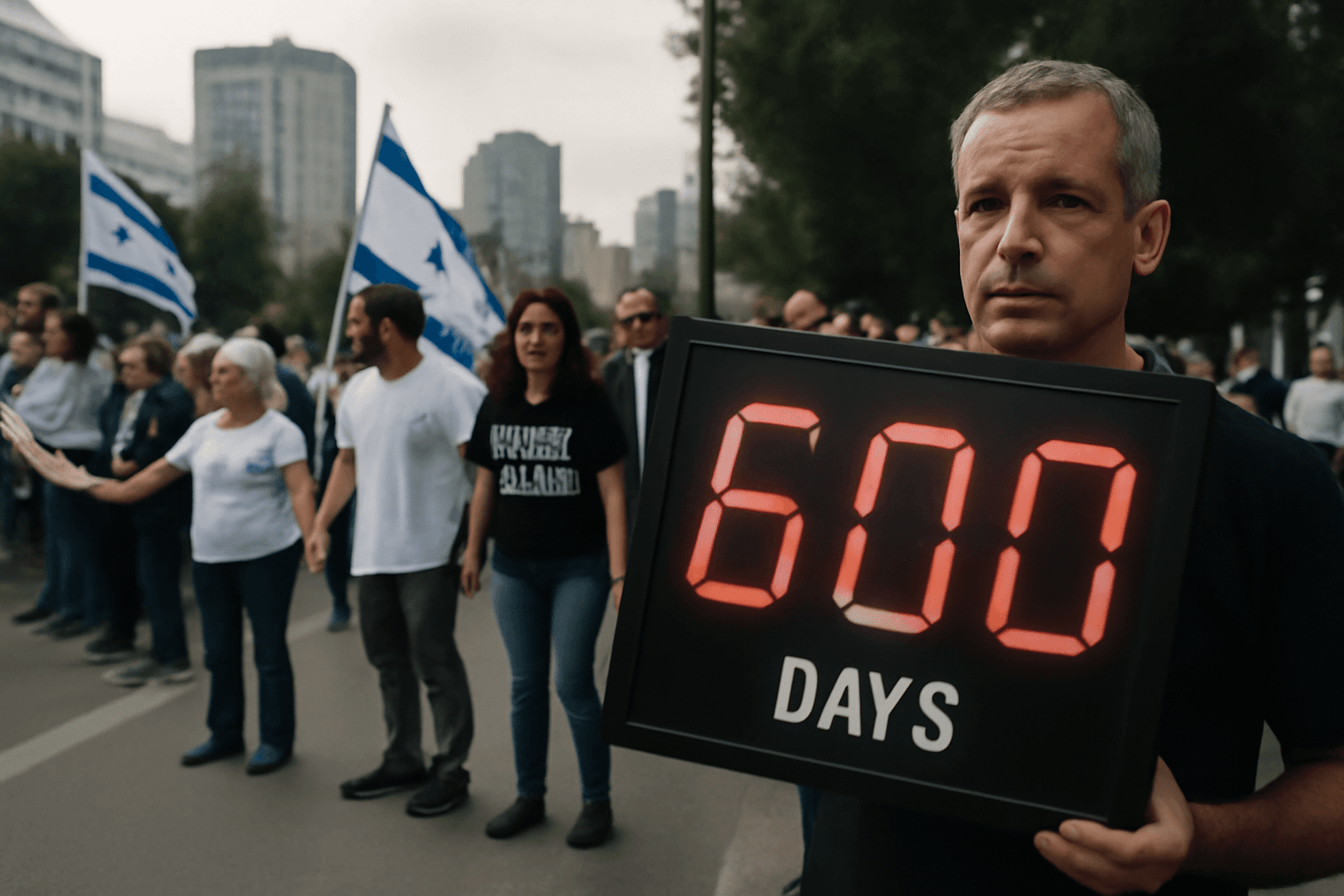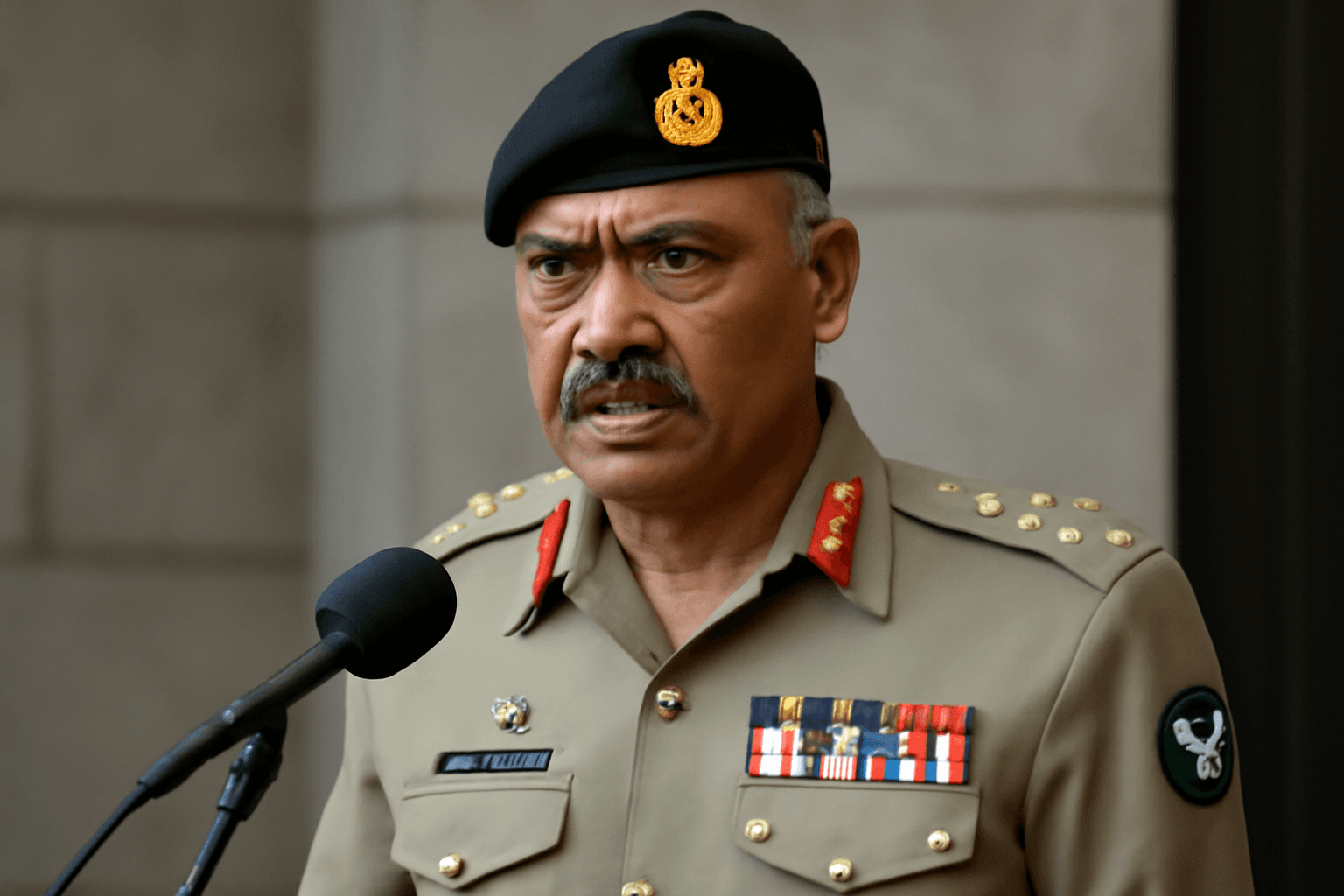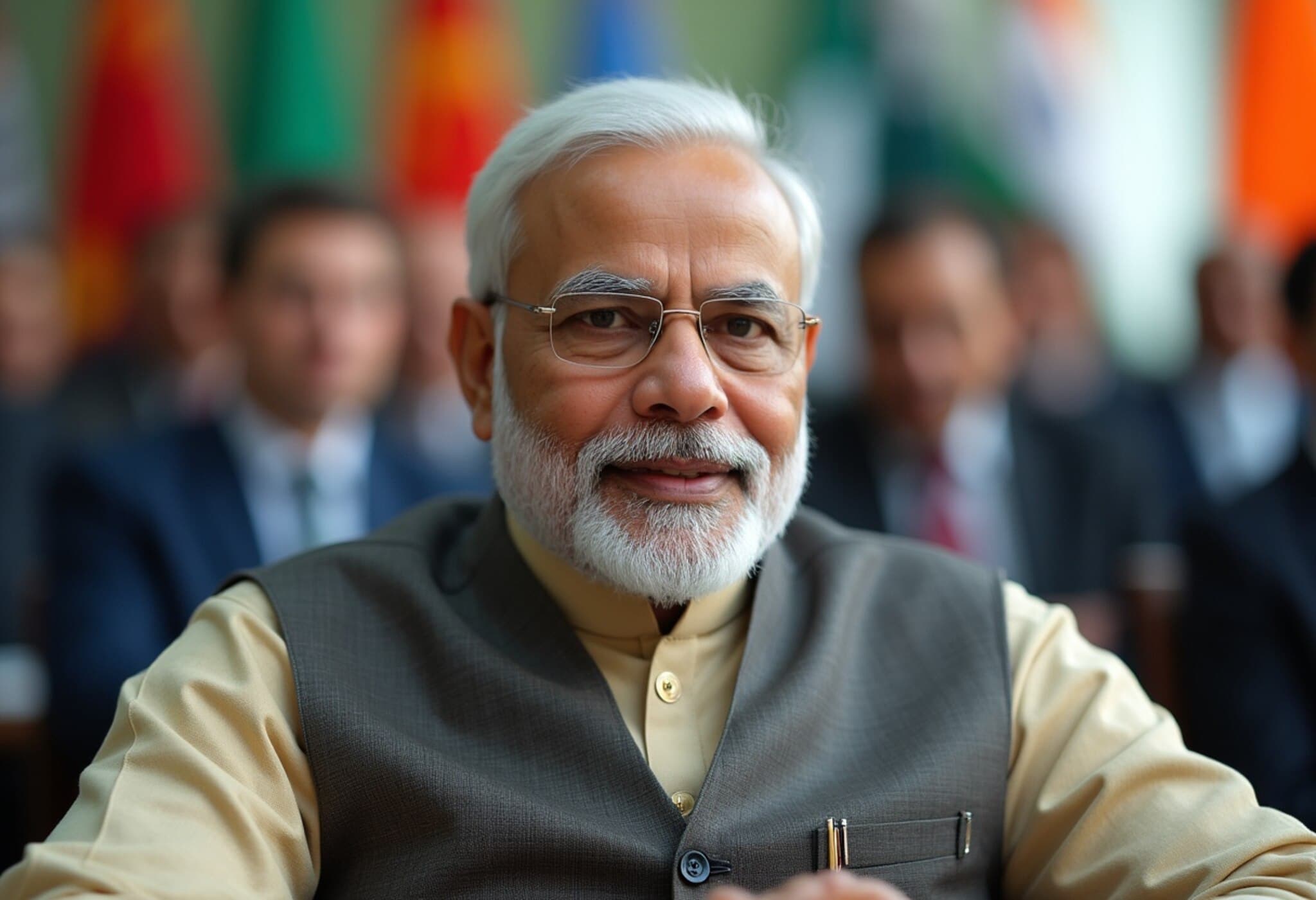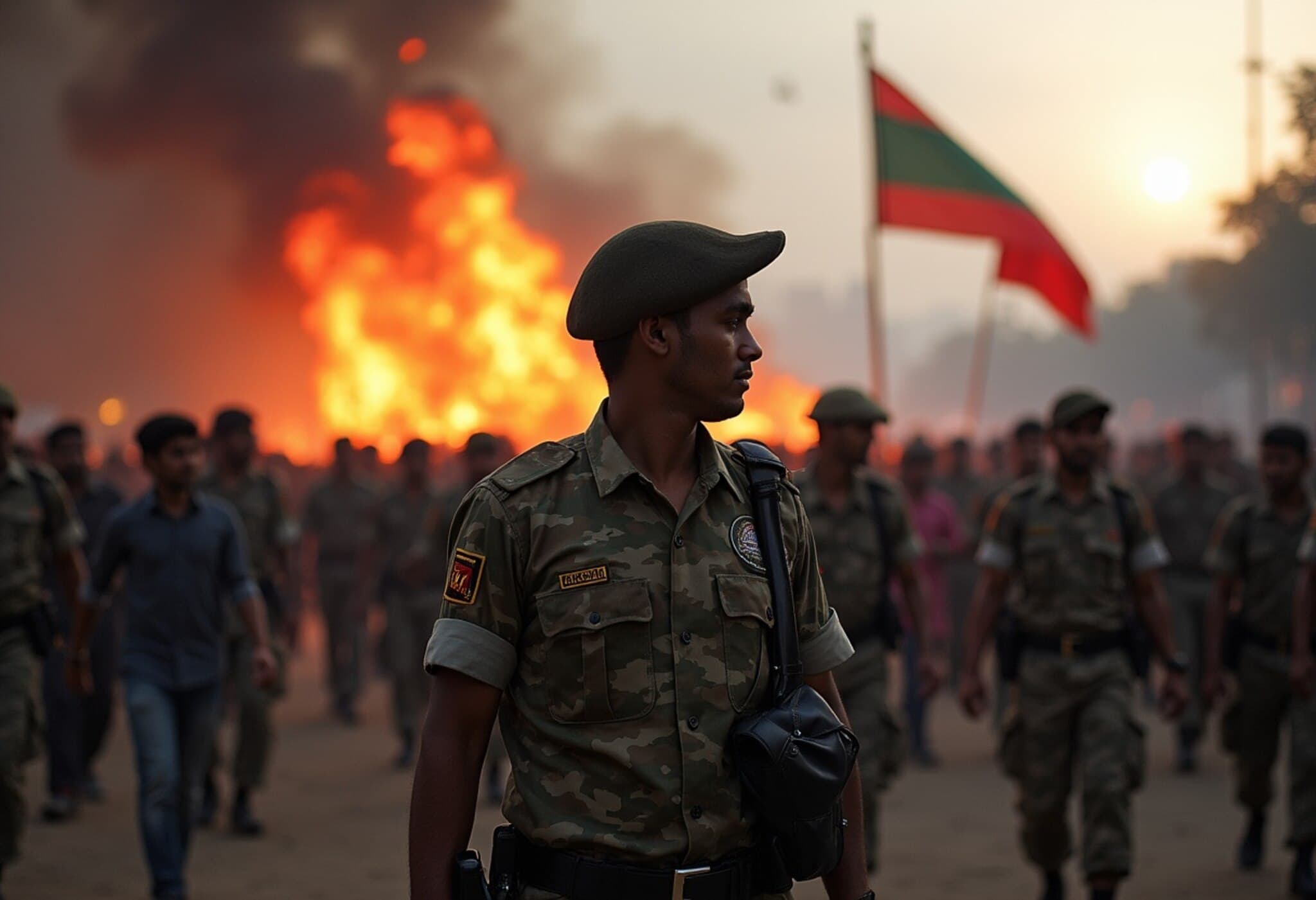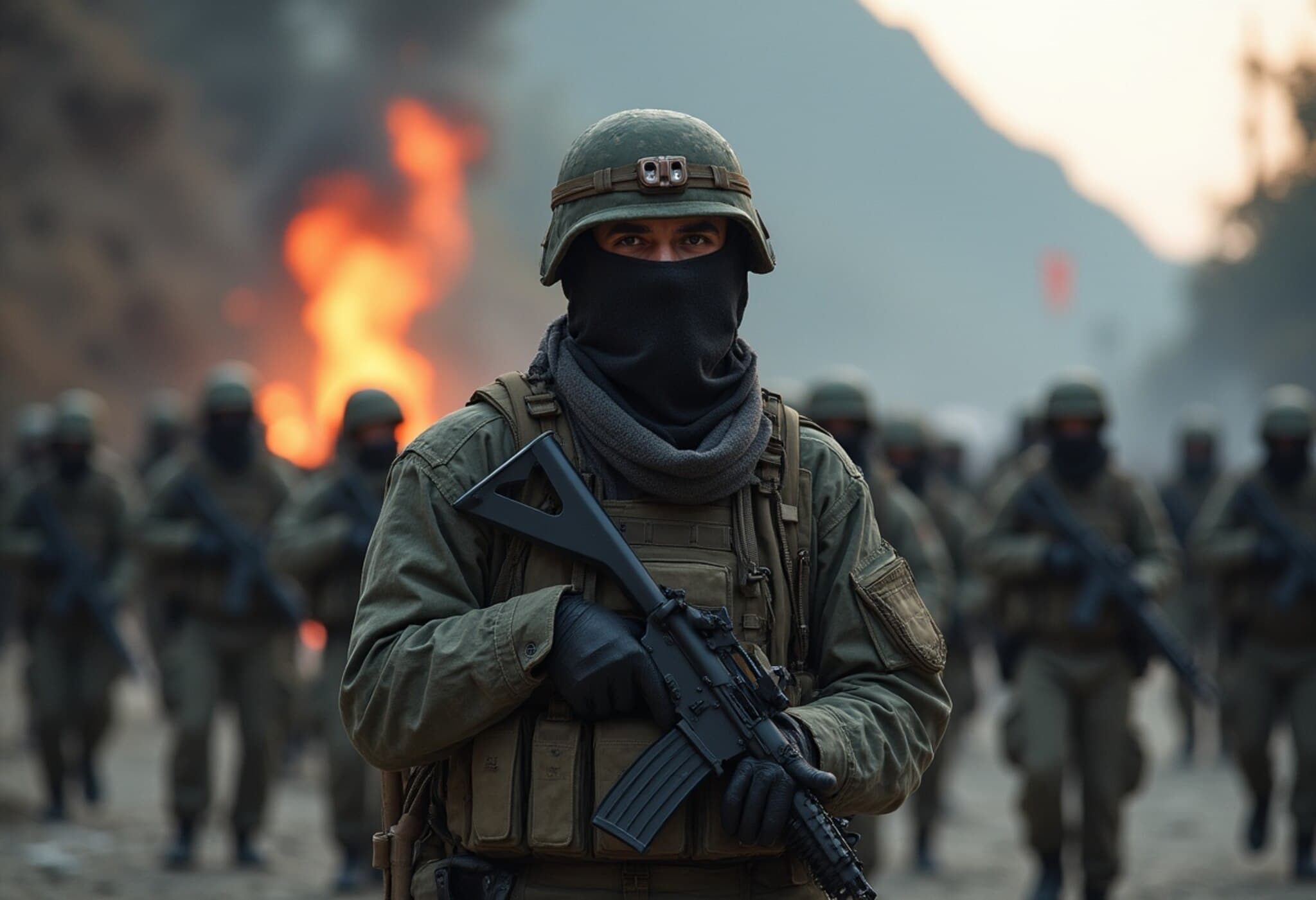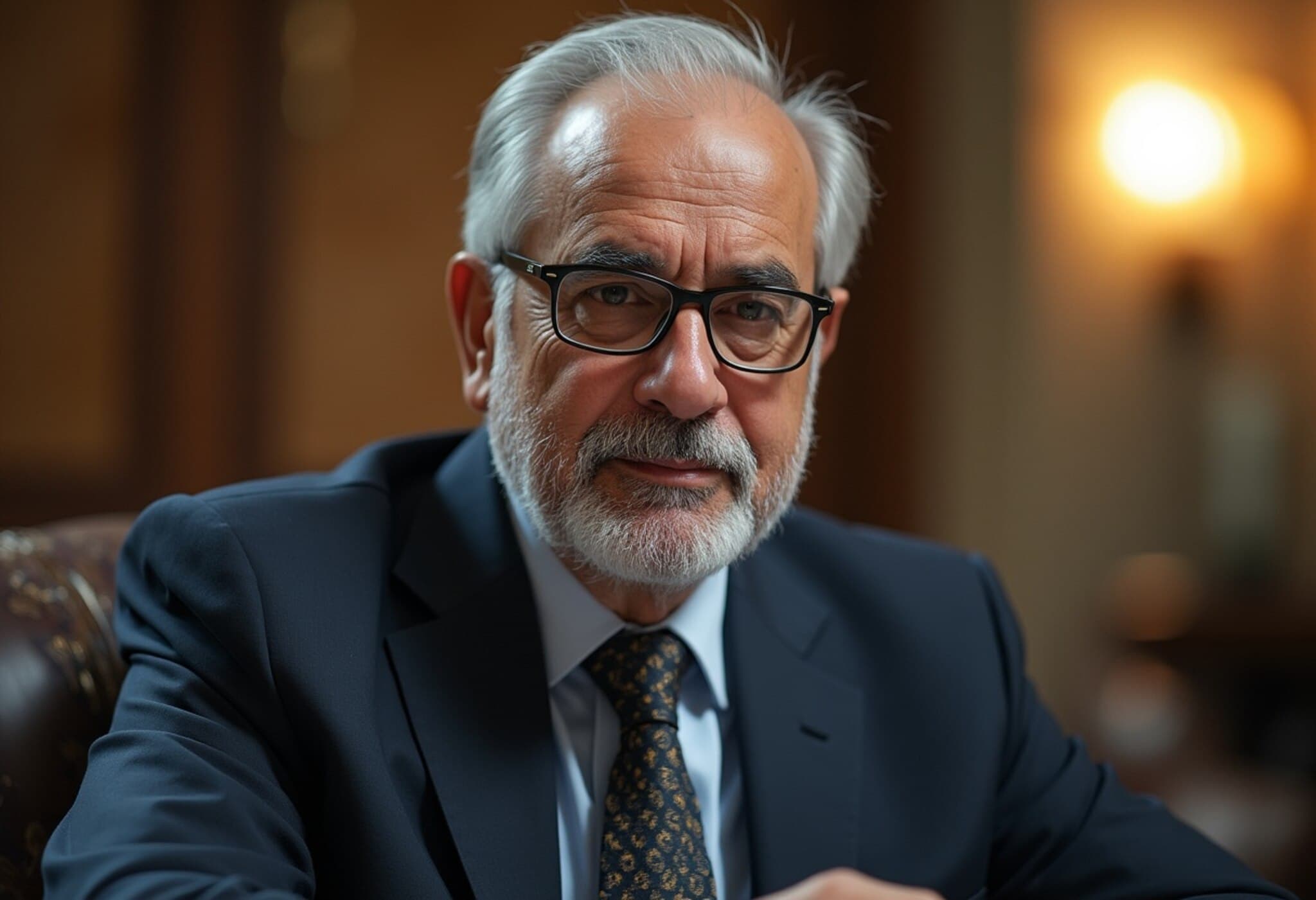US Labels The Resistance Front (TRF) as Terrorist Group Following Deadly Pahalgam Attack
In a decisive move on July 17, 2025, the United States Department of State officially designated The Resistance Front (TRF), a Pakistan-based militant group, as a Foreign Terrorist Organization (FTO) and Specially Designated Global Terrorist (SDGT). The announcement comes after TRF claimed responsibility for the brutal Pahalgam attack that took place on April 22, 2025, resulting in the tragic deaths of 26 civilians, marking it the deadliest strike on Indian soil since the infamous 2008 Mumbai attacks.
Understanding TRF: Pakistan’s Proxy and Lashkar-e-Taiba Offshoot
The Resistance Front operates as a known proxy for Lashkar-e-Taiba (LeT), a Pakistan-originated jihadist group notorious for orchestrating terror acts against India over decades. LeT’s infamy peaked during the Mumbai attacks in 2008, which left 166 people dead. TRF’s emergence as a front group has complicated counterterrorism efforts given its direct links to LeT’s command and funding networks.
The Pahalgam Attack and Its Aftermath
On April 22, militants affiliated with TRF ambushed civilians in the picturesque tourist town of Pahalgam, Jammu and Kashmir. The assault killed 26 people and shocked the Indian public and authorities alike. The attack underscored the escalating threat of Pakistan-backed terrorism in the region, prompting India to intensify diplomatic efforts to declare TRF globally as a terrorist entity.
China’s Controversial Role in the UN Security Council
While the US moved swiftly to blacklist TRF, attention now turns to China’s stance within the United Nations Security Council (UNSC). For years, China has leveraged its position as a permanent UNSC member to block the global designation of Pakistan-based terror groups and individuals at the UN, often using procedural delays or ‘technical holds’ instead of overt vetoes.
India has consistently criticized Beijing for this pattern of shielding Pakistan-backed jihadists from international sanctions. Last May, India submitted a comprehensive dossier to the UN 1267 Sanctions Committee to list TRF as a terrorist organization. However, China placed a technical hold, effectively stalling consensus. Similar blocks have been observed in the cases of other notorious militants such as Masood Azhar, Abdul Rauf Azhar, and Sajid Mir.
“This is a disguised veto, but an even more impervious one that merits wider discussion,” said Ruchira Kamboj, India’s former Permanent Representative to the UN. “Blocking evidence-based listings without adequate justification undermines the Security Council’s commitment to combating terrorism.”
China’s Official Reports: A Case of Selective Recognition
China’s own reports have conspicuously omitted TRF from lists of active terrorist groups, while naming other factions like the Baloch Liberation Army (BLA). Critics argue this selective recognition reflects China’s geopolitical priorities rather than unbiased counterterrorism assessment, raising questions about the integrity of international cooperation in combating terrorism.
Timeline: The Battle to Recognize TRF as a Terrorist Group
- April 22, 2025: TRF claims responsibility for the Pahalgam attack.
- Early May 2025: India submits detailed dossier to the UN Security Council seeking TRF’s global terror designation.
- Mid-May 2025: China imposes a technical hold on the listing, stalling Security Council consensus.
- June 2025: UN Monitoring Team’s mid-year report excludes TRF; accusations emerge against Chinese official Chungjie Li for bias.
- July 17, 2025: The US independently designates TRF as Foreign Terrorist Organization and Specially Designated Global Terrorist.
Expert Insights: Broader Implications for Global Counterterrorism Efforts
From a policy analyst’s perspective, the discord within the UNSC highlights the challenges in harmonizing international counterterrorism strategies amidst geopolitical rivalries. China’s resistance arguably undermines multilateral efforts to curb terrorism, especially when such organizations continue operating with impunity. Moreover, this dynamic complicates US-India-China relations and raises crucial questions about the future efficacy of the UN framework in addressing global terrorism.
Legally, the independence of the US designation signals a willingness by key actors to circumvent perceived political blocks in multilateral forums and pursue unilateral counterterrorism measures. Economically, ongoing instability in Jammu and Kashmir threatens investment and tourism, affecting India’s regional growth agenda.
Conclusion: The Road Ahead for TRF’s Global Terror Status
The recent US designation of TRF as a terrorist organization intensifies pressure on China to take a clear stance at the UN. Whether Beijing chooses to persist in shielding Pakistan-backed groups or aligns with broader international consensus remains a pivotal question with far-reaching consequences for regional security and international law.
Editor’s Note:
The unfolding dynamics surrounding TRF’s designation expose the friction between geopolitical interests and global security imperatives. Readers are invited to consider how permanent UNSC members’ competing agendas impact the fight against transnational terrorism. Will this stalemate prompt institutional reforms, or will it further embolden proxy groups like TRF? Such questions are critical as the international community wrestles with safeguarding peace in volatile regions.

